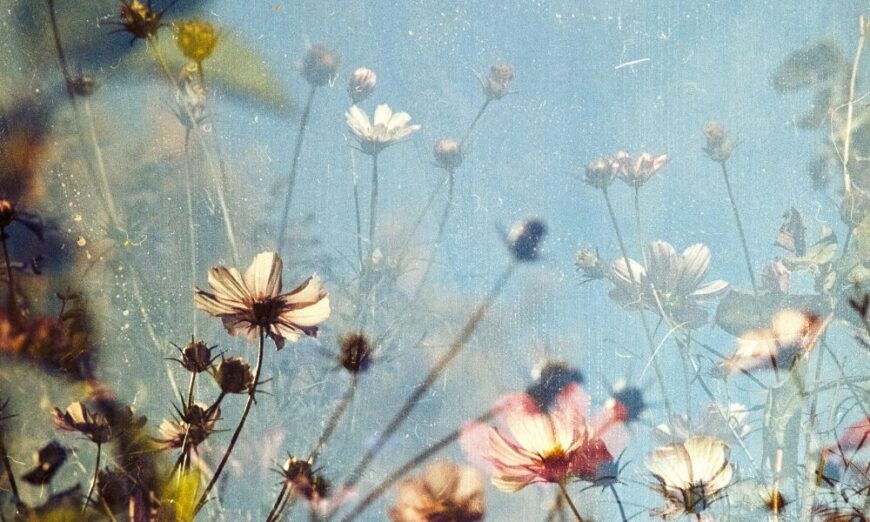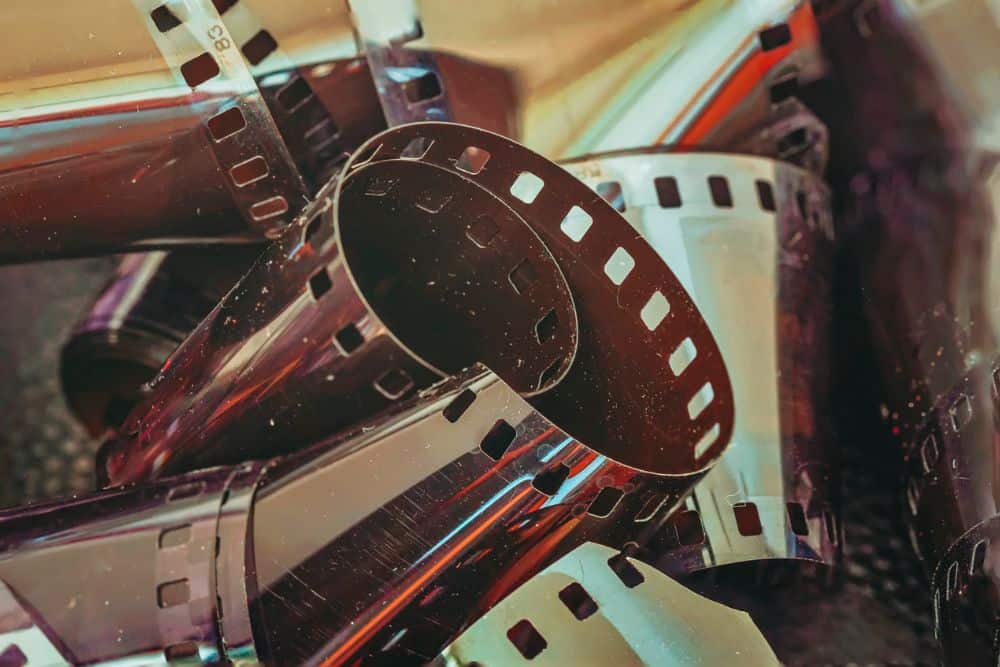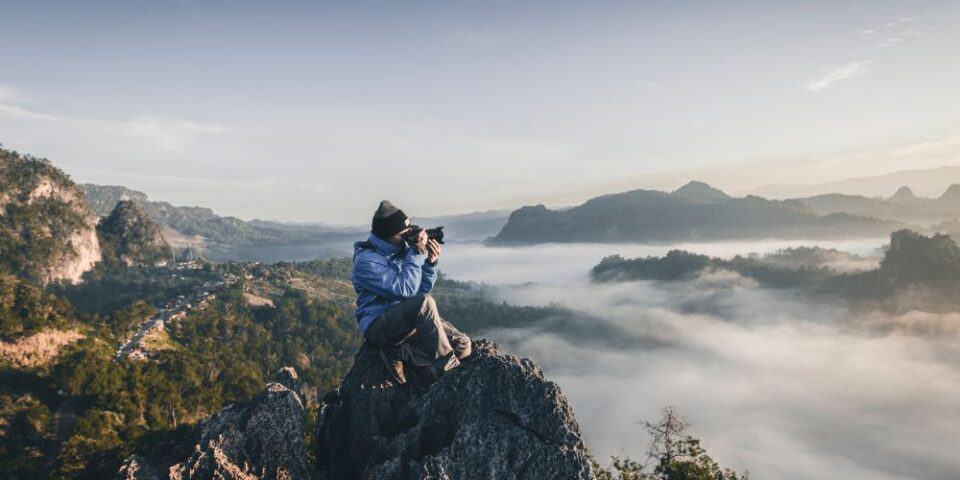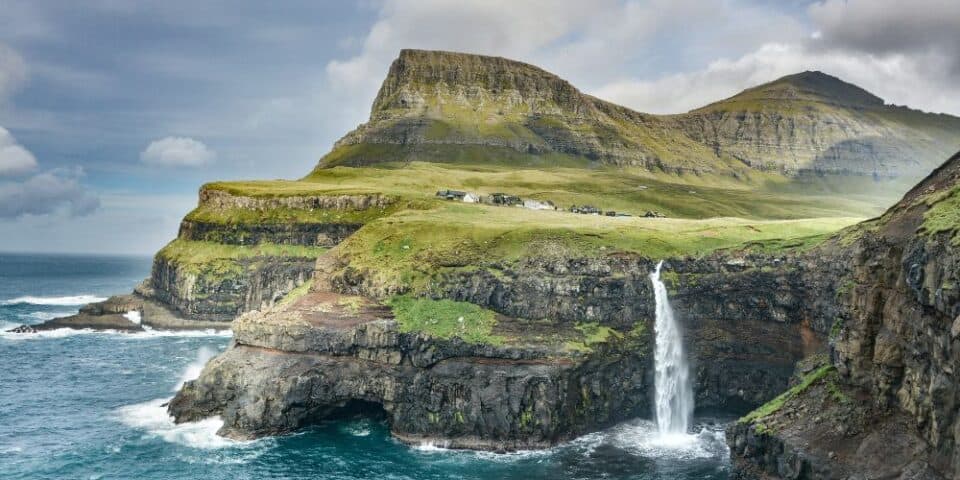In the age of digital cameras and smartphones, film photography may seem like a relic of the past. However, there’s an enduring charm and a unique quality to film that continues to captivate photographers and artists alike. If you’re considering getting into the world of film photography, this article will guide you through the process of getting started and help you choose the ideal camera for your needs.
Why Film Photography?
Film photography offers a distinct experience and aesthetic that sets it apart from digital photography. Here are a few reasons why you might want to explore this captivating medium:
- Timeless Aesthetic: Film photographs possess a timeless, classic quality that digital images often lack. The subtle grain, rich colors, and unique tones give each shot a distinct character.
- Slow and Deliberate Process: Shooting with film forces you to slow down and think more about each shot. You’ll become more deliberate in your composition, exposure, and timing, which can lead to more thoughtful and meaningful images.
- Physicality: Film photography involves tangible, physical elements like film rolls and darkrooms. This hands-on approach can be incredibly rewarding, providing a deeper connection to the art form.
Getting Started with Film Photography
Choose Your Film Type
The first step in your film photography journey is to choose the type of film you want to use. There are several film formats, including 35mm, medium format, and large format. Each has its characteristics and appeal. Start with 35mm if you’re new to film, as it’s readily available and easier to handle.
Select a Camera
Choosing the right camera is crucial. Here are some options:
- 35mm Point-and-Shoot Cameras: These are simple to use and great for beginners. Popular models include the Olympus Stylus Epic and the Canon Sure Shot.
- Manual SLR Cameras: If you’re looking for more control, consider a manual single-lens reflex (SLR) camera like the Nikon FM2 or the Canon AE-1. These allow you to adjust settings like aperture and shutter speed.
- Medium Format Cameras: For higher image quality and greater detail, medium format cameras like the Hasselblad 500C/M or the Mamiya RB67 are excellent choices.
- The Instant Film Cameras have made a comeback in recent years as an option for those wanting a unique look to their image captures, and do not want to wait for film to be developed. Instant film is now available in many sizes and some brands even have unique border designs.
Acquire Basic Accessories
You’ll need essentials like a light meter, lens filters, a sturdy tripod, and a camera bag. A good film scanner or darkroom equipment will be necessary if you plan to develop and print your photos. Then there is also the selection of the actual film you will be using. Black and white or colour? What is the best ISO for your style of photography?
Learn the Basics
Familiarize yourself with film photography fundamentals, such as ISO, aperture, shutter speed, and composition techniques. There are plenty of online resources, books, and courses to help you master these skills.
Experiment and Practice
The best way to learn film photography is by doing. Take your camera out and shoot regularly. Don’t be discouraged by early mistakes; they’re part of the learning process.
Choosing the Ideal Camera for Your Film Photography Style and Needs
Selecting the right camera is a personal decision influenced by your preferences and budget. Here are some considerations to keep in mind:
- Budget: Film cameras vary widely in price, from affordable point-and-shoots to high-end models. Determine your budget before you start shopping.
- Type of Photography: Consider the type of photography you plan to pursue. If you’re into street photography, a compact 35mm camera might be ideal. Landscape photographers might prefer medium or large-format cameras.
- Availability of Lenses: Check the availability of lenses for your chosen camera. Some vintage cameras may have limited lens options.
- Condition and Maintenance: Inspect the condition of the camera, especially if buying used. Factor in potential repair costs and the availability of replacement parts.
- Brand and Model Reputation: Research the reputation of the camera brand and model you’re interested in. Read reviews and seek recommendations from experienced film photographers.
Film photography is not just about capturing images; it’s about experiencing a timeless medium that continues to enchant photographers around the world. So, grab your camera, load some film, and embark on a journey of discovery in the world of film photography.
Be sure to ask your local store(s) if they will be offering a Film101 workshop in the near future for that extra boost to get started on your journey. If you have any questions or want more recommendations, go to Henry’s.com and check out the live chat where you can speak to an expert about your camera options.
Explore More:








